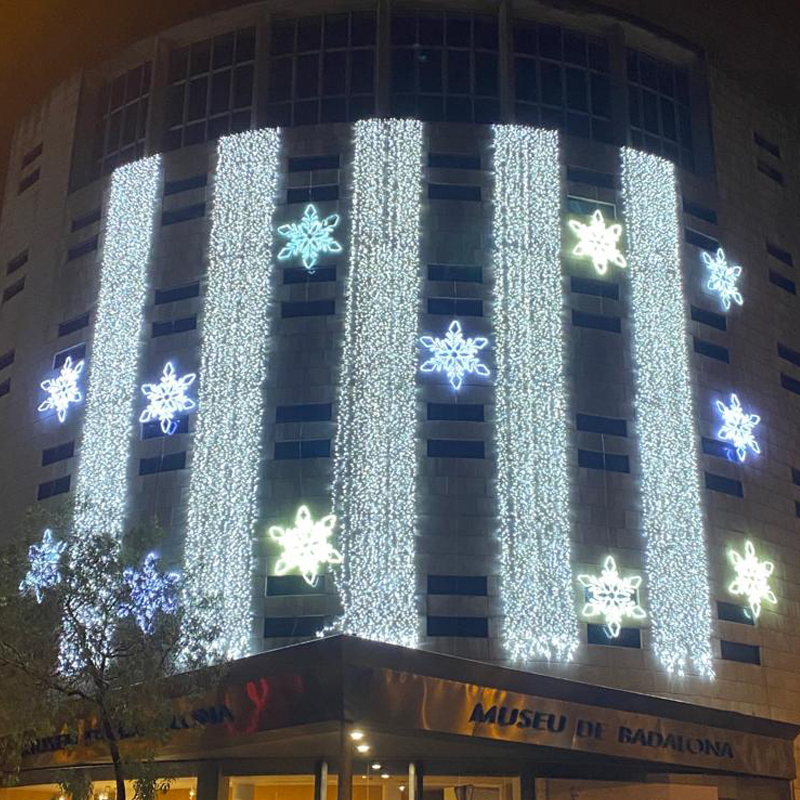This year marks the 140th anniversary of the death of the Badalona priest Jaume Solà i Seriol (Badalona 1845-1880). A graduate in Philosophy and Letters in 1877, he also worked as a teacher at the school owned by his brother Josep. Author of several studies on Badalona, the most outstanding of which – Millores de Badalona – obtained the prize of the City council in 1880, is known, mainly, for being the author of a map of the locality, made in 1878. This plan, of which there are several versions, is preserved in the Historical Archive of the City of Badalona, located in the Museum, and is considered the oldest known with the representation of the entire urban area of Badalona.
The map, where apart from the built-up area you can also see part of the surroundings, shows a small town, which barely goes beyond the Dalt de la Vila and the neighborhoods of Baix a Mar – basically Center and Casagemes. In the western coastal strip there are already some buildings that correspond to the first factories that were being set up in this area, where a significant number of industries, especially chemical ones, would soon be concentrated. Shortly afterwards, and precisely thanks to industrial development, the town would grow enormously. In 1895, an extension plan was approved – the so-called Pons Plan – to put order to this urban expansion, and in 1897 Badalona would receive the title of city.
Also notable personalities were the brothers of Jaume, Josep (1843-1906), teacher and mayor of Badalona (1872 and 1873), and Baldomer (1845-1880), doctor, doctor of exact sciences and poet. The latter and Jaume himself each have a street in Badalona that bears his name.
 Jaume Solà i Seriol. Museu de Badalona. Arxiu Cuyàs.
Jaume Solà i Seriol. Museu de Badalona. Arxiu Cuyàs.
 Reproduction of the city map by Jaume Solà i Seriol that can be purchased in the Museum shop.
Reproduction of the city map by Jaume Solà i Seriol that can be purchased in the Museum shop.

 Jaume Solà i Seriol. Museu de Badalona. Arxiu Cuyàs.
Jaume Solà i Seriol. Museu de Badalona. Arxiu Cuyàs. Reproduction of the city map by Jaume Solà i Seriol that can be purchased in the Museum shop.
Reproduction of the city map by Jaume Solà i Seriol that can be purchased in the Museum shop.







